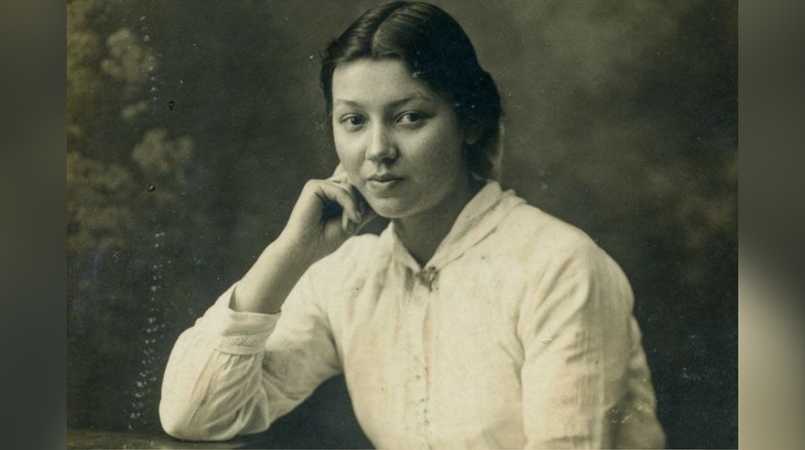
Long before smartphones, selfie sticks and one-swipe filters, having your "perfect" picture taken still took lots of practice, preparation and plenty of posing.
An exhibition at the Museum of Brisbane shows the lengths people of the 1800s would go to when trying to capture an image of themselves that they wanted to share with the world.
Props, backdrops, costumes, animals and touch-ups were all used to create the perfect photo in the 19th century.
The exhibition — Sit. Pose. Snap. Brisbane Portrait Photography 1850-1950 — showcases more than 330 photos from one of Australia's most significant collectors of portrait photography, Marcel Safler.
It also shows the role Queensland played in the popular new technology at the time.
While smartphone apps today allow us to add filters and colour with a simple swipe of a finger, it was a much more manual process back in the day.
"One of the things that's really familiar when you see a photo from the 1860s is the posing is similar to what you do now with your own phone," curator Phil Manning said.
"The filters that we can apply [now] show how we're modifying our photos in the same way that studios did in the 19th century."
How to pose for that perfect shot
Many photographers of the era had checklists given to them with tips on how to make their clients look the best, Mr Manning said.
"One suggestion on how to take the best photographs was to get the sitter to slap their own face to make it look more uniform.
"Colour and creases on people's faces would show up differently so it was supposed to give a better, even complexion."
He said the photos, many of which featured Brisbane residents, showed that photography had come full circle in regards to portraits, with each photo "being a performance".
"Photography has always been a part of our heritage and also how we presented ourselves.
"It shows our identity and character with how we pose ... we still do that to this very day.
"Photographs are for sharing and people have always wanted to look their best when sharing photos, and now we share our digital images on social media."
Female photographers take the stage
More than 80 studios are represented in the exhibition, with the two major Brisbane studios of the era being Mathewson and Poulsen.
Unlike other professions of the time, women in Brisbane were heavily involved in the photography industry.
One of the first female photographers in Brisbane was Ada Driver, whose Brisbane studio was right in Queen Street Mall along with other female photographers Trissie Deazeley, Dorothy Coleman and Mary Lambert.
"It was a male-dominated industry but it wasn't exclusively male and many of the camera operators were women," Mr Manning said.
"Beyond them as photographers, there was employment for women behind the scenes as photo colourists and touch-up artists."
Creating snow in a hot and humid Brisbane
Mr Manning's favourite photo in the exhibition is a photo of a woman depicted in snow in hot and humid Queensland.
"It's really intriguing as it's a woman in snow inside the studio in Brisbane in the 1880s and you wonder why she chose that setting," he said.
"The snow was added to the negatives before it was printed."
He said he hoped photography lovers would take away from the exhibition the wonder of history and art that came with portrait photography.
"To understand portrait photography is to understand how people present ourselves.
"Many of us have old photographs at home from our families and I hope they see that they are more than just an image.
"The photos show a part of our history here in Brisbane and it's nice to have a connection to the industry and the records of the city."
